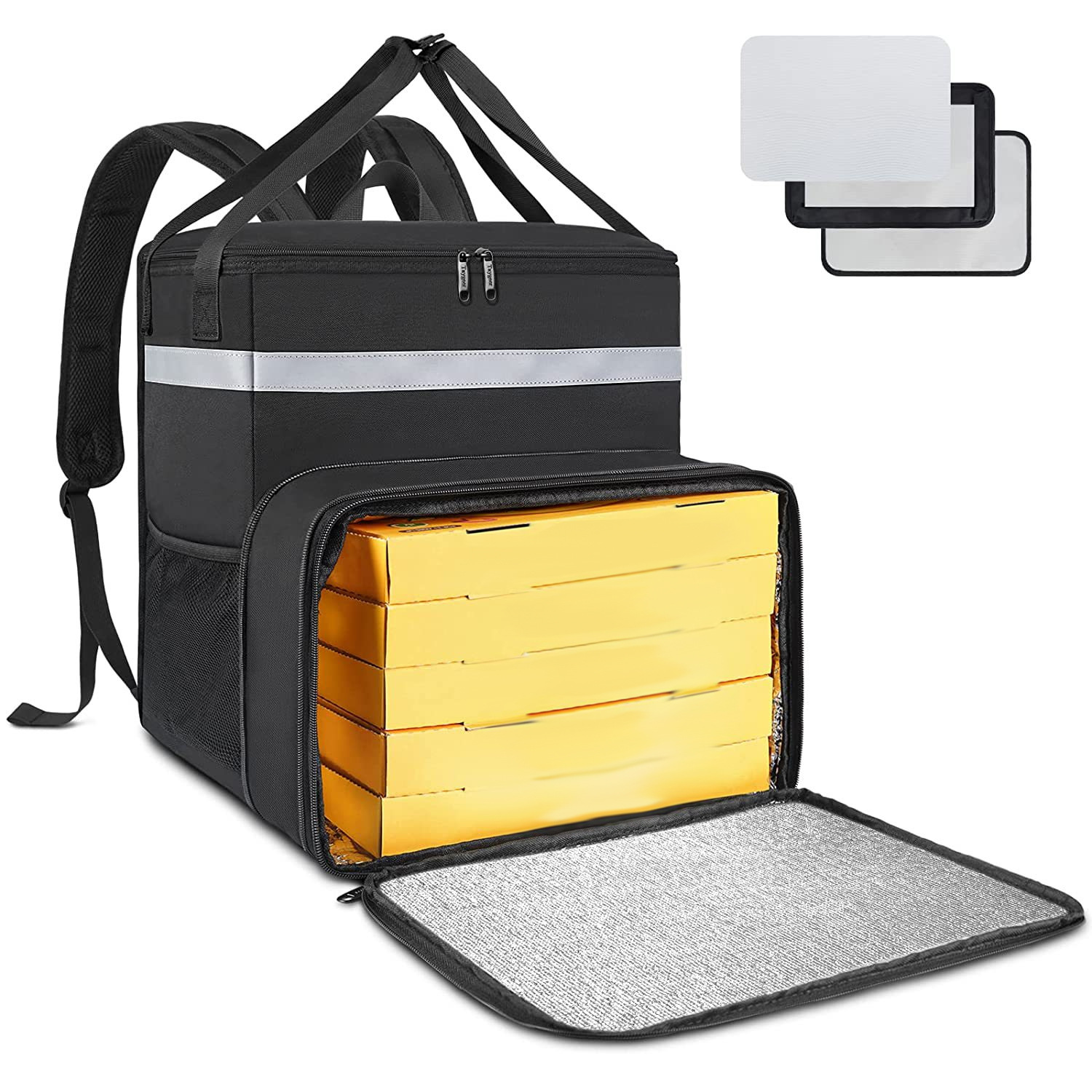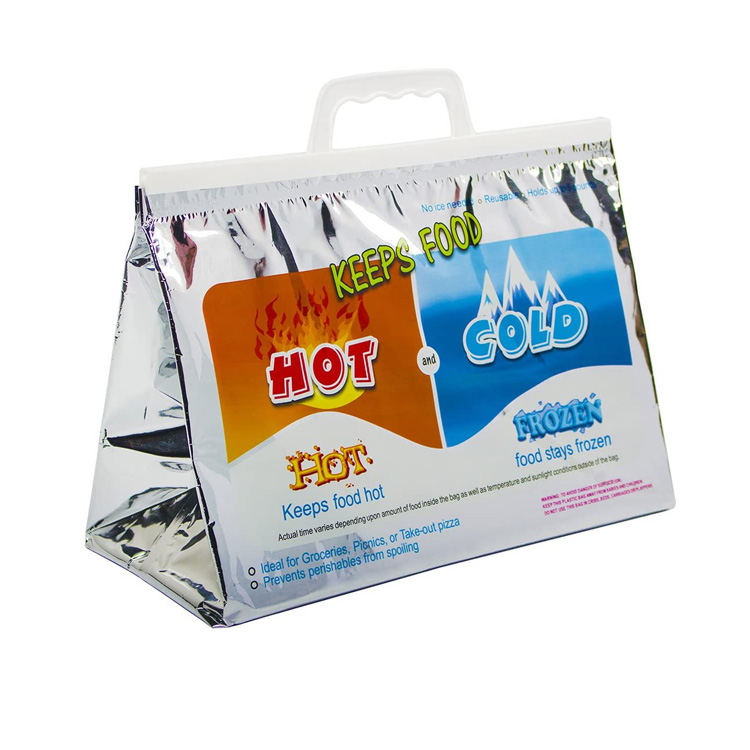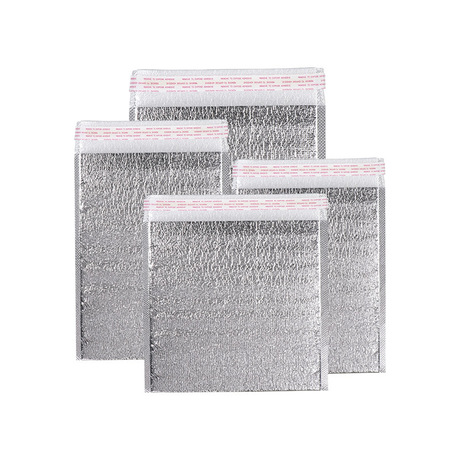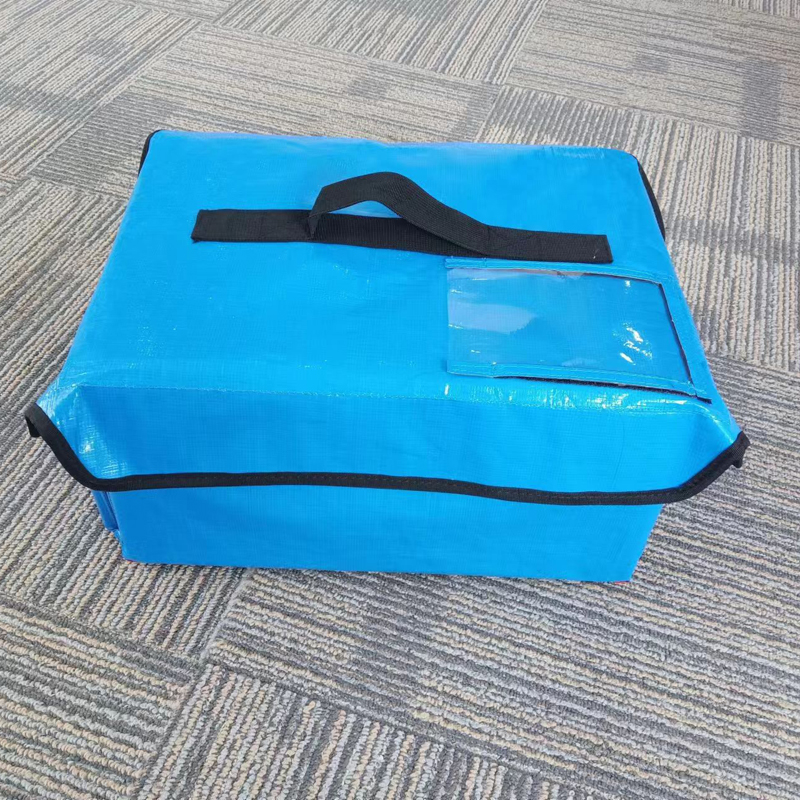The transportation method of fruits mainly depends on the type, maturity, distance to destination, and budget of the fruits. The following are some common fruit transportation methods:
1. Cold chain transportation: This is the most common method of fruit transportation, especially for perishable and fresh-keeping fruits such as strawberries, cherries, and mangoes. Cold chain transportation can ensure that fruits are always kept in a suitable low-temperature environment from picking to sales, thereby extending their shelf life and maintaining freshness.
2. Dry transportation: For some fruits that do not require refrigeration, such as bananas, citrus fruits, and persimmons, dry transportation at room temperature can be used. This method has a lower cost, but it needs to ensure good ventilation during transportation to prevent fruit from becoming moldy due to moisture.
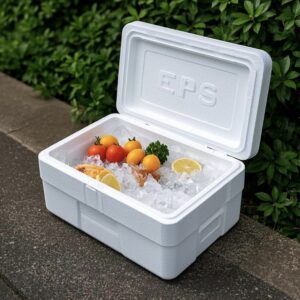
3. Express delivery: For long-distance or international transportation, express delivery services may be required. This usually involves air or rapid land transportation, which can deliver fruits to their destination in the shortest possible time, reducing transit time and thus reducing the risk of decay.
4. Container transportation: For long-distance transportation of large quantities of fruits, such as from one country to another, container shipping can be used. The temperature and humidity in the container can be adjusted according to the specific needs of the fruits.
5. Specialized vehicle transportation: Some fruits such as watermelons and apples may require the use of specialized vehicles for transportation, which can provide protection and appropriate temperature control.
When choosing a transportation method, it is necessary to comprehensively consider the quality requirements of fruits, transportation costs, and specific requirements of the destination. For perishable or high-value fruits, cold chain transportation is usually the best choice.

Transportation methods for meat products
1. Cold chain transportation:
Refrigerated transportation: suitable for fresh meat, such as fresh beef, pork, or chicken. Meat needs to be maintained within the temperature range of 0 ° C to 4 ° C throughout transportation to prevent bacterial growth and maintain freshness.
Frozen transportation: suitable for meats that require long-term storage or long-distance transportation, such as frozen beef, pork, or fish. Usually, meat needs to be transported and stored at temperatures of 18 ° C or lower to ensure food safety and prevent spoilage.
2. Vacuum packaging:
Vacuum packaging can significantly extend the shelf life of meat products, reduce the contact between oxygen in the air and meat, and reduce the chance of bacterial growth. Vacuum packaged meat is often paired with cold chain transportation to further ensure food safety during transportation.
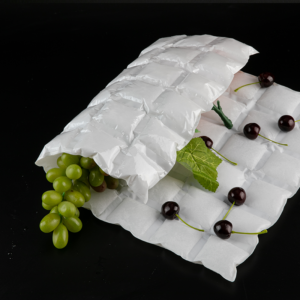
3. Special transport vehicles:
Use specially designed refrigerated or frozen trucks for meat transportation. These vehicles are equipped with temperature control systems to ensure that meat is maintained at an appropriate temperature during transportation.
4. Comply with hygiene standards and regulations:
During transportation, it is necessary to comply with relevant food safety standards and regulations to ensure that meat products are always in good hygiene condition before reaching their destination. Transport vehicles and containers should be regularly cleaned and disinfected.
5. Rapid transportation:
Minimize transportation time as much as possible, especially for fresh meat products. Fast transportation can reduce the time meat is exposed to non ideal temperatures, thereby reducing food safety risks.
Overall, the key to meat transportation is to maintain a low-temperature environment, comply with food safety regulations, and use packaging materials and technology reasonably to ensure the freshness and safety of meat.







